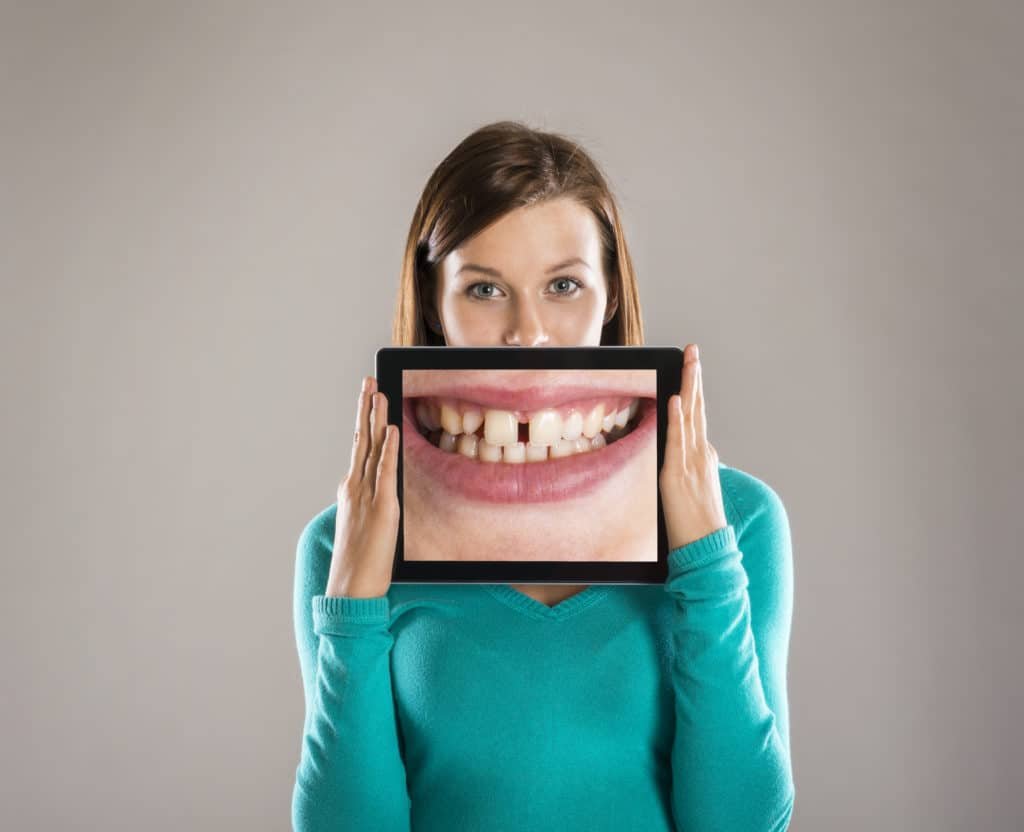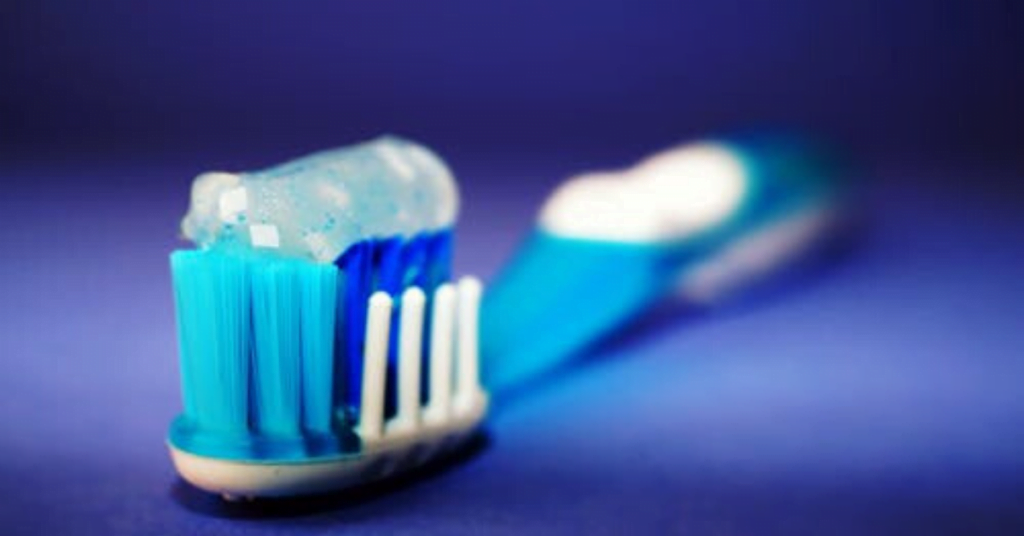Many adults avoid traditional metal braces because of their appearance and discomfort. Clear aligners provide a nearly invisible solution for straightening teeth, offering a more comfortable and discreet alternative to wires and brackets. Before beginning treatment, it is important to consult the best dental clinic or an orthodontist experienced in clear aligner therapy. A trained professional can assess whether aligners are appropriate for your situation and design a treatment plan tailored to your needs.
What Clear Aligners Can and Cannot Do
Clear aligners are suitable for correcting:
- Mild to moderate overcrowding
- Gaps between teeth
- Overbite, underbite, and crossbite issues
However, severely rotated or tipped teeth may require traditional braces for precise alignment. Clear aligners excel in moderate cases but are not always ideal for complex orthodontic challenges. For precise fabrication, many clinics collaborate with a trusted dental laboratory to ensure custom-fit aligners that suit your teeth perfectly.
15 Key Facts About Clear Aligners
- Cost Consideration – Aligners often cost more than conventional braces due to specialized fabrication.
- Limitations for Complex Cases – Not all severe dental misalignments can be corrected with aligners.
- Similar Discomfort – Moving teeth gradually causes mild pressure, comparable to metal braces.
- Comparable Treatment Time – Aligners usually take a similar duration as traditional braces.
- Professional Skill Matters – Success depends on the expertise of the orthodontist, not just the aligner.
- Trained Providers Yield Better Results – Choosing an experienced practitioner increases effectiveness.
- Widely Used Worldwide – Millions of patients globally have benefited from clear aligners.
- Removable Convenience – You can eat, drink, brush, and floss without restrictions.
- No Metal Components – Eliminates the need for brackets, wires, and frequent adjustment visits.
- Controlled Tooth Movement – Each tray moves teeth gradually according to the treatment plan.
- Custom-Fit Design – Aligners are individually tailored to your teeth for precise guidance, often crafted in a dental laboratory for accuracy.
- Provider Comfort is Important – Choose a practitioner you feel confident and comfortable with.
- Retainers May Be Needed – After treatment, retainers help maintain tooth position.
- Consistent Wear is Crucial – Aligners must be worn 20–22 hours daily for effective results.
- Scheduled Tray Changes – Typically changed every 1–3 weeks depending on the complexity of the tooth movement.
Fewer Office Visits
Clear aligner treatment usually requires fewer dental appointments. Progress check-ups often occur every 6 weeks. Since each tray is pre-planned, there is no need for frequent tightening, allowing much of the process to be managed independently at home. Many patients also explore complementary treatments like dentures at a best denture clinic for full oral rehabilitation.
Enhancing Your Smile
In addition to aligners, cosmetic options like veneers can further improve the appearance of teeth by adjusting shape, size, and color, offering a complete smile makeover.
Conclusion
Clear aligners are a discreet, practical, and effective way to correct many orthodontic issues. They combine comfort with convenience, providing a nearly invisible solution for adults and teens. Working with a skilled dental professional from the best dental clinic ensures the treatment is safe, effective, and tailored to your needs.



